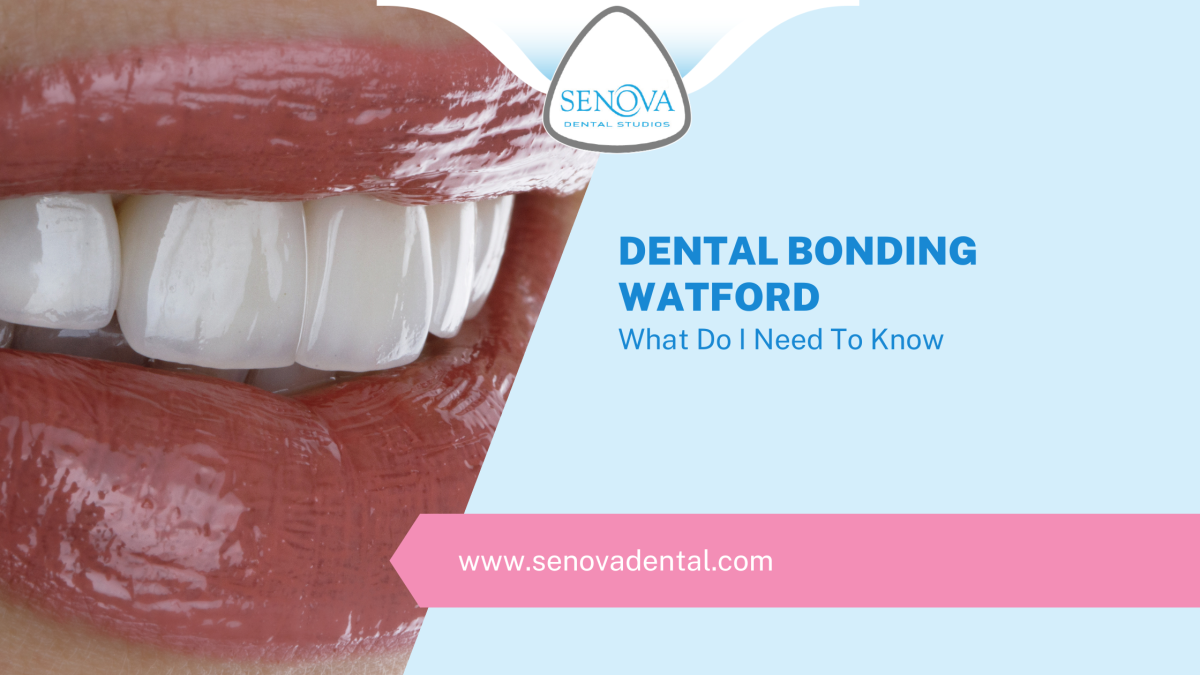 In this blog post our Watford dentist takes a detailed look at dental cavities and fillings.
In this blog post our Watford dentist takes a detailed look at dental cavities and fillings.
What is a dental cavity?
A dental cavity forms when the outer surface of your teeth are attacked by acid excreting bacteria. The bacteria excrete acid as they digest sugar in your diet. The cavities can become larger as more bacteria sit in the cavity, excreting more and more acid.
In the beginning small cavities may have zero pain as they are in the outer surface of the tooth, but as they deepen and get closer to the nerve your teeth may become more sensitive or even painful whilst eating or drinking, particularly hot or cold food/drink.
What is a dental filling?
A filling is simply filling up this cavity with a suitable material, your dentist will remove any decay and then fill the cavity back up to the original contour of the tooth.
What do they fill cavities with?
The exact material used to fill a cavity depends upon various factors:
- The size of the cavity
- The location of the cavity (in between the teeth, on the biting surface, on the front of the teeth etc.)
- The philosophy of the dental practice, some practices prefer not to use mercury containing amalgam.
- Affordability
What is a filling made of?
Depending on the criteria listed above there are a variety of filling materials which can be used.
Amalgam
This is a malleable metal alloy containing mercury. It has been shown to be extremely durable as a dental filling material and lasts many years. It does not however look particularly attractive.
Gold
Gold is virtually inert and is very well tolerated by the body. It’s highly polished surface also very closely matches the surface of dental enamel when viewed microscopically. This means it does not wear the opposing teeth and can be considered a highly biocompatible material.
Many people like the look of gold, it does not however look particularly natural and some people prefer to have a more natural looking filling.
Porcelain
Dental porcelain is made by combining various minerals with quartz, effectively making dental granite, an extremely hard and durable material! The porcelain is naturally tooth coloured and can be made highly aesthetic to blend in with the surrounding teeth. A porcelain filling will be made by a dental technician; this adds time to the procedure which means a porcelain filling often takes two weeks to complete.
Dental bonding.
Your dentist can also use a tooth coloured composite material to pack into the cavity once the diseased area has been removed. This has the advantage of being highly aesthetic and also highly convenient as it can be placed in one appointment. Dental bonding does however tend to discolour over time so may need to be replaced more often.
The cavity filling procedure
The procedure for having a cavity filled depends upon the material being used, generally the procedure will be similar to the following:
- Either your dentist or you notice the cavity and decide to take action.
- A discussion is had as to the best material to use clinically, there may be a few options which can be discussed that have different prices.
- A decision about the material is made, based on this decision the dentist will prepare the cavity accordingly. Some materials require specific shaped cavities in which to fit and so your dentist will prepare the cavity in the correct way.
- If you are having a direct dental bonding them the composite material will be placed directly, if not your dentist will take an impression of the prepared cavity, place a temporary filling and send this impression off to the dental laboratory to have the new restoration manufactured.
- If you had a dental bonding composite filling then step 4 would have been your last stage, if a dental laboratory is manufacturing your filling then this will be returned approximately 2 weeks later and you will visit the dentist to have this fitted.
- A review of this filling will take place at your six monthly check-up at the dentist.
Tooth cavity fillings at home
There are cavity filling kits available in various pharmacies and online. They may seem like a cheap and convenient option however they should never be used as a permanent solution.
Home kits may well fill the cavity however the chances are you will be filling over bacteria which will continue to cause dental decay underneath. This means you may not notice this decay until it has reached the nerve of your tooth, by which time more expensive dental procedures may be required.
If you need to use a tooth cavity filling at home, consider this an emergency repair and always make an appointment to visit your dentist within the next week or so.
Preventing dental cavities
It is always better to prevent problems arising in the first place rather than try to cure them once they do. The best way to prevent dental cavities is to:
- clean your teeth twice per day for 2 min using a fluoride releasing toothpaste.
- Clean in between your teeth with an interdental brush or floss.
- Use a fluoride mouthwash after meals but NOT after brushing.
- Visit your dentist regularly as they will be able to detect the tiniest cavities in places that you cannot see.
By doing everything you can to prevent cavities forming and then visiting your dentist regularly so that if there is any decay it can be dealt with quickly and simply, you can keep the cost of dentistry down and ensure you remain fit and healthy for life.
Our Watford based dentist is here to help you stay dentally fit for life, keeping dental decay and cavities to the absolute minimum.
- How To Stop Tooth Pain Fast? - January 28, 2024
- What Is Invisalign®? - October 31, 2023
- What Is Fluoride Used For On Teeth And Why? - August 31, 2023




